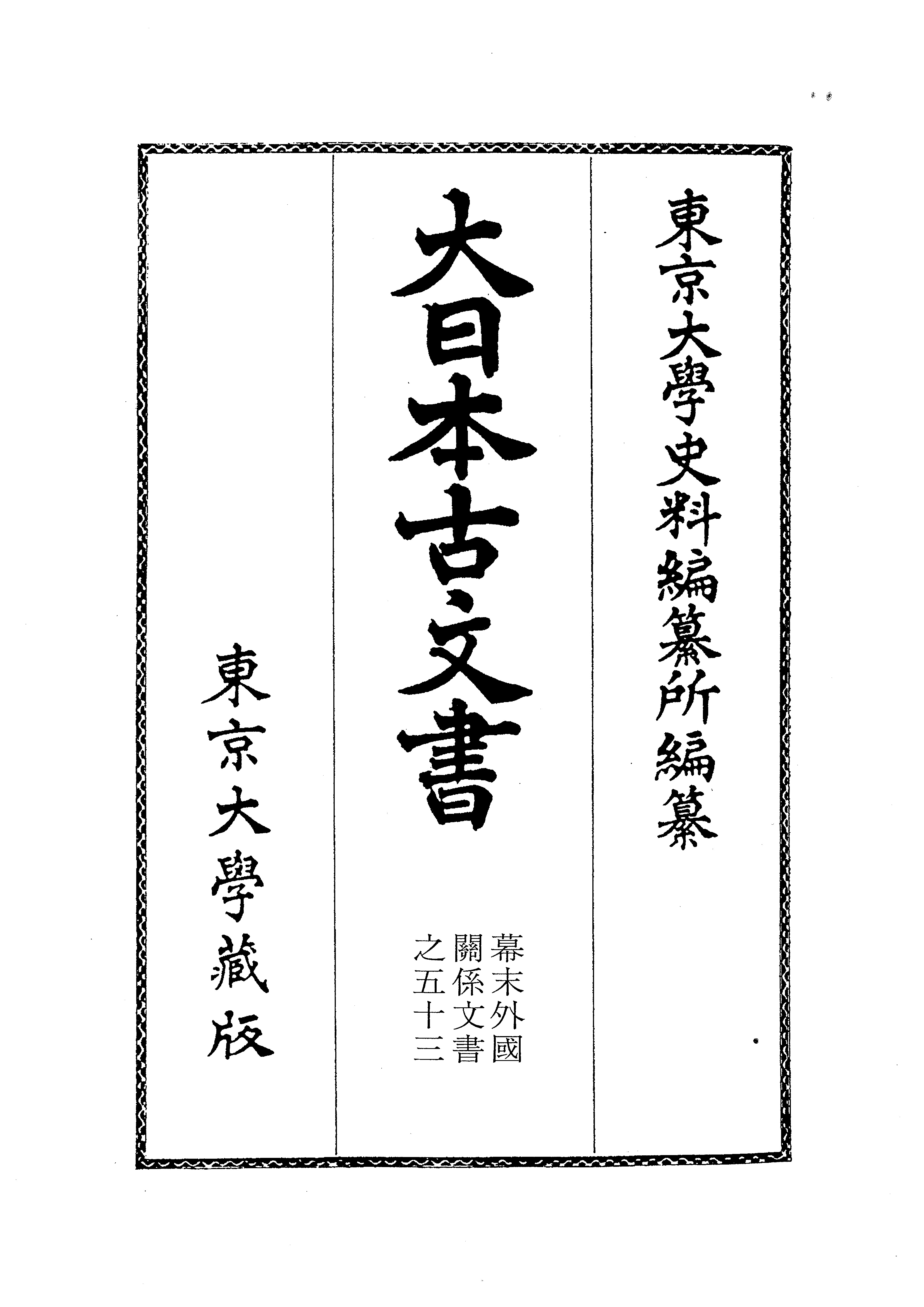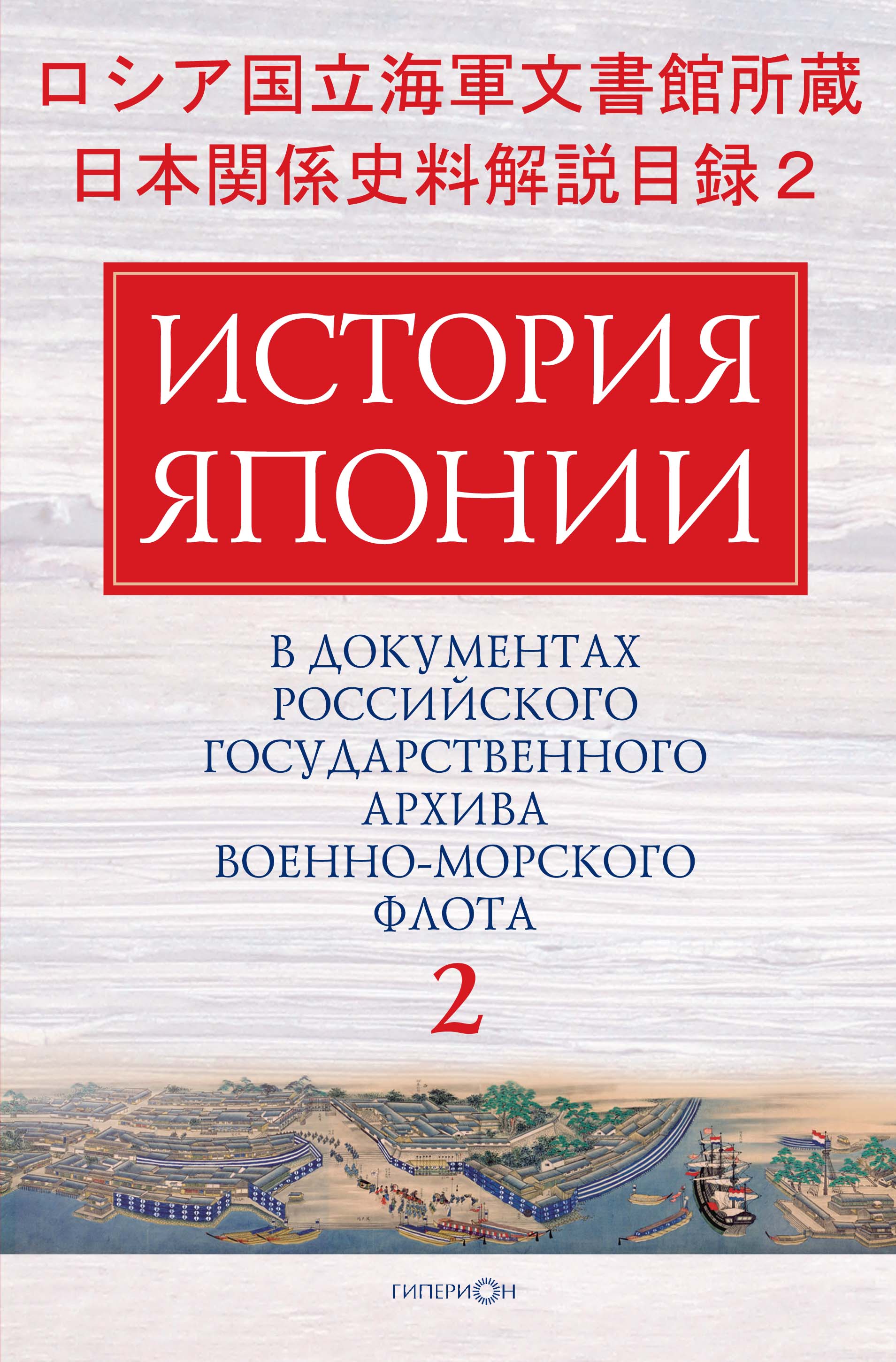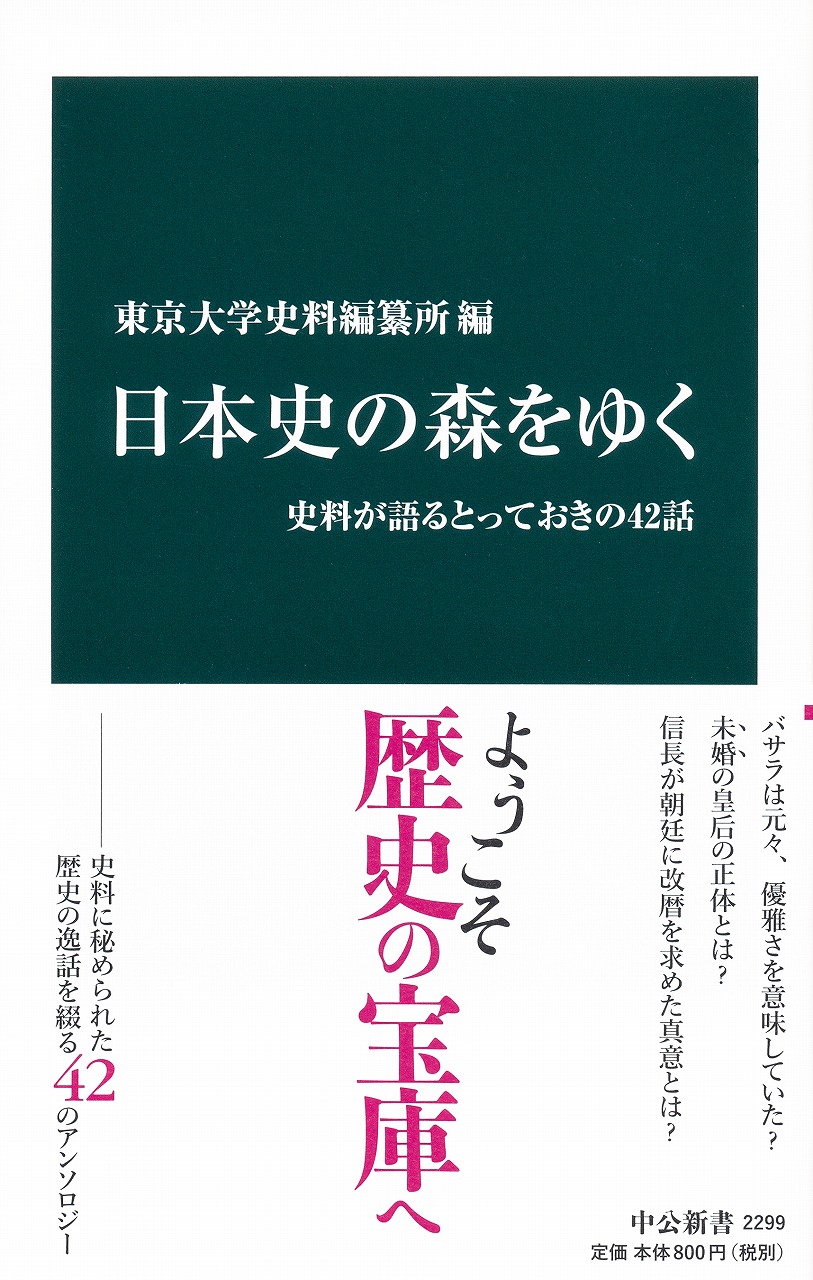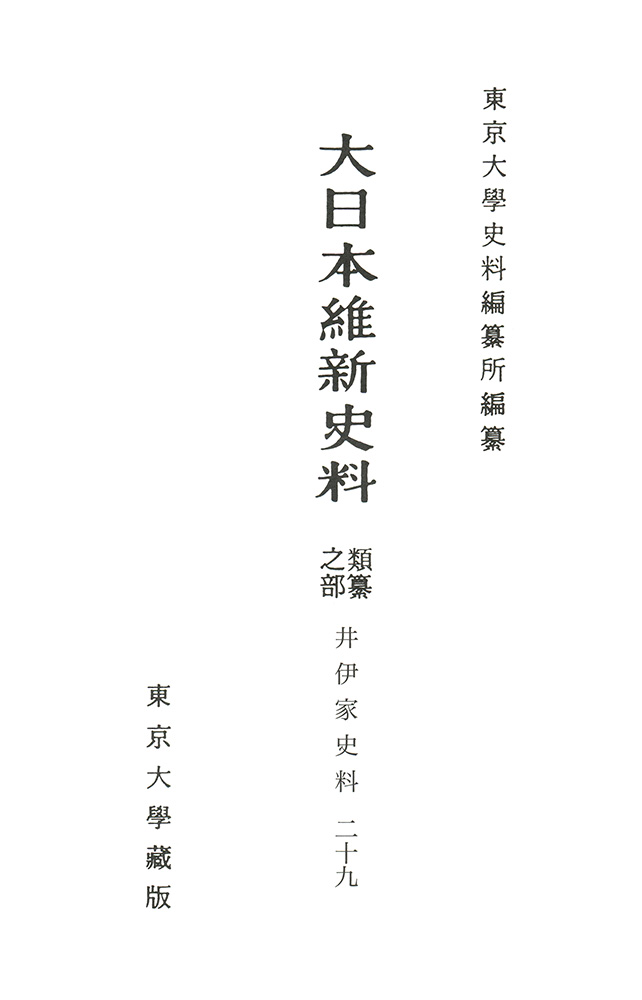
Title
Dai Nihon Komonjo (Old Documents of Japan) Bakumatsu Gaikoku Kankei Monjo (Documents relating to Foreign Affairs in the Last Days of the Shogunate, 1853–68, Volume 53: Bunkyū 1 [10 to 24 May, 1861])
Size
432 pages, A5 format
Language
Japanese
Released
July 25, 2017
ISBN
978-4-13-091453-6
Published by
University of Tokyo Press
Book Info
See Book Availability at Library
Japanese Page
Documents relating to Foreign Affairs in the Last Days of the Shogunate is a compilation of historical sources that brings together domestic sources and overseas sources (in translation) relating to diplomacy during the Bakumatsu period (i.e. the final years of the Tokugawa Shogunate), and these sources consist primarily of correspondence between the shogunal government and foreign representatives in Japan, and records of their negotiations. The publication of this subseries of Old Documents of Japan was initiated in 1910 and has been continued down to the present day by the Historiographical Institute of the University of Tokyo. It has been placing at the disposal of researchers a vast body of historical sources in chronological order for dealing with foreign relations in the Bakumatsu period. Initially the Ministry of Foreign Affairs of the Meiji Government planned to compile the diplomatic records going back as far as the arrival of Commodore Perry’s squadron, but this plan and the original sources relating to Bakumatsu diplomacy were transferred to the University of Tokyo. In addition, the results of wide-ranging research to investigate documents of the Nagasaki and Hakodate Governors’ Offices, documents preserved by the Sō family of Tsushima Island, etc., have been incorporated, and many source materials relating to diplomacy and military affairs held by overseas archives have also been translated and included. In early modern Japan, not only trade relations with Qing China and the Netherlands but also traditional contacts with Korea (mediated by Tsushima) were maintained. But starting with the conclusion of the so-called Ansei commercial treaties with the United States, the Netherlands, Russia, Great Britain, and France in 1858, countries of Europe and the United States began to appear as partners in treaty relations. It was in the middle of the nineteenth century that, along with Japan’s half-forced incorporation into the expanding free trade system, its tense confrontational relationship with the treaty powers also began.
With regard to the first half of the fourth month of 1861 (Bunkyū 1), covered by this volume, there were two matters of utmost importance. The first was the organization of an embassy to Europe, known as the “Bunkyū Mission to Europe” and headed by Takenouchi Yasunori, a direct retainer of the shogun who had served as governor of Hakodate and governor of finance and bore this heavy responsibility in his capacity as governor of foreign affairs. The first mission sent by the shogunate to visit countries in Europe, this embassy is also known for the fact that its members included famous figures such as Fukuzawa Yukichi and Terashima Munenori. At the time, the shogunal government was under the leadership of the two ministers Andō Nobuyuki (Nobumasa) and Kuze Hirochika, and on the diplomatic front it was under the direction of Andō that negotiations were conducted with foreign envoys representing treaty countries and the decision to dispatch this embassy was made. Its prime objective was the postponement of the opening of the cities of Edo and Osaka and the ports of Hyōgo and Niigata that had been stipulated in the Ansei treaties, and the government under Andō and Kuze made steady preparations towards this end.
The second matter was a dispute with Russia, concerning the occupation of the port of Tsushima by the Russian navy. In March 1861 a squadron commanded by Captain Birileff arrived at Tsushima under orders of Captain Likhachev, who had gained approval at a committee held in the presence of the Russian tsar, and crew members occupied part of the island. This occupation of Imosaki Bay continued until the eighth month, and both the local Tsushima domain and the shogunate were hard pressed on how to respond. On the 12th of the fourth month (May 21, 1861), local villagers and Russian sailors clashed, resulting in deaths. The shogunate tried to bring the situation under control by sending the governor of foreign affairs to Tsushima, where the Sō family was divided in its approach, while the Russian navy was aiming to secure a bridgehead to counter the influence of Great Britain, and the well-known Philipp Franz von Siebold was cooperating with the Russians during his return to Japan. The noteworthy movements of each of these players can be elucidated through the primary sources included in this volume, and so you may like to follow up on the enormous current of Bakumatsu history by referring directly to these historical sources.
(Written by Sho Ono, Associate Professor, Historiographical Institute / 2018)



 Find a book
Find a book




